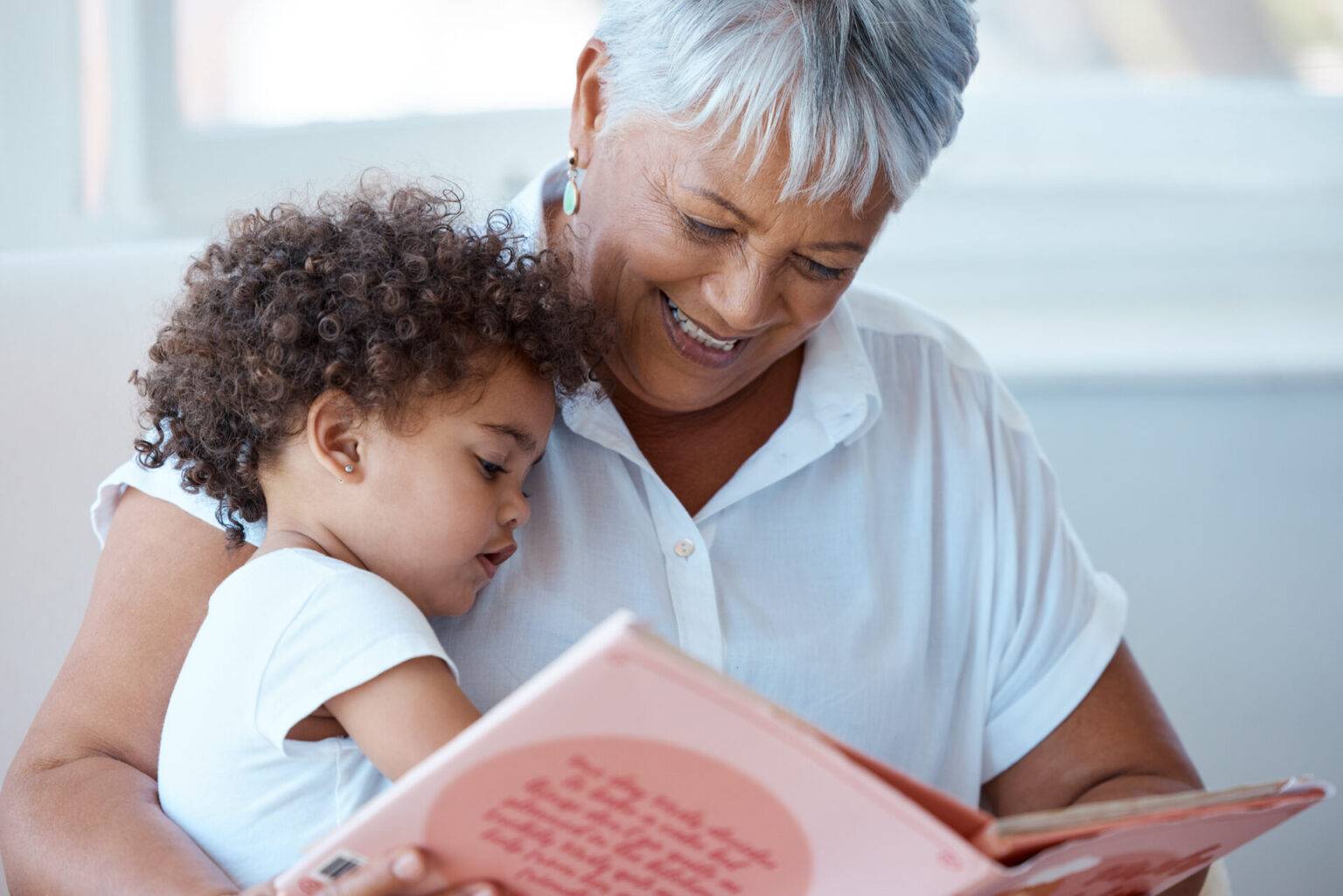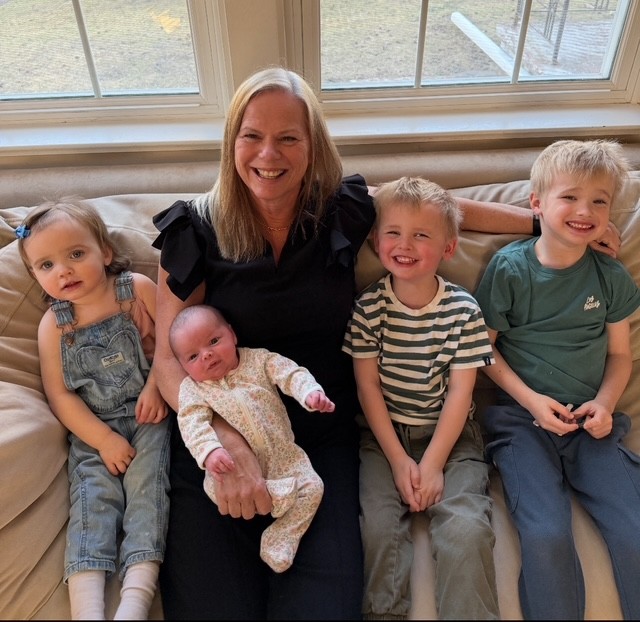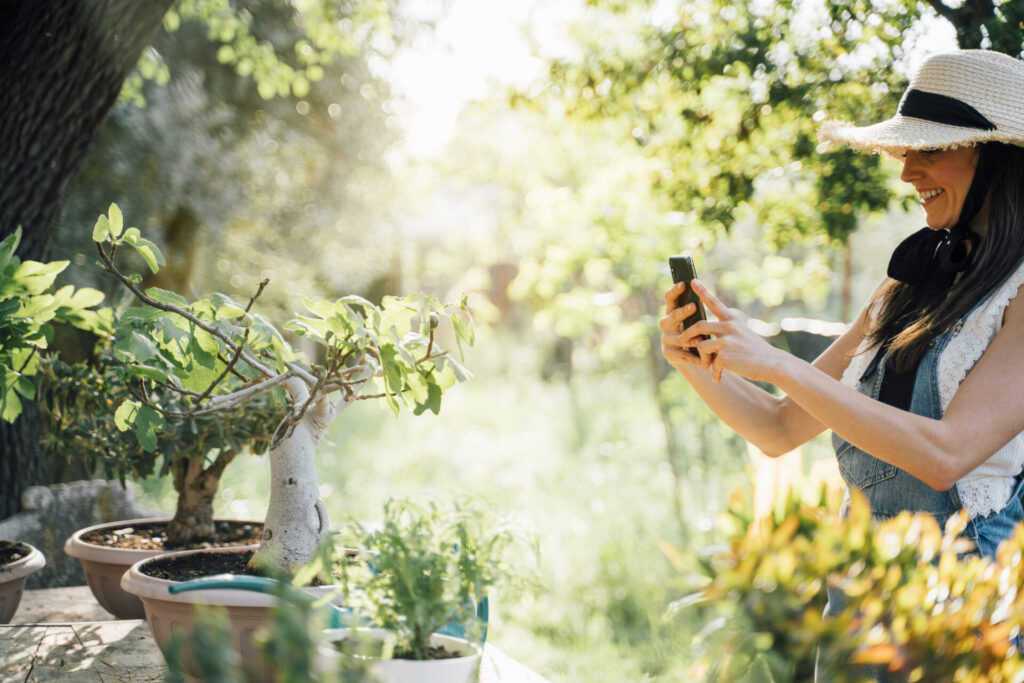Not all children's stories have aged well. In fact, some problematic children's books are now highly offensive. Here’s why Grandparenting Unfiltered columnist Kathy Buckworth skips some of the so-called classics—and what she's reading to her grandkids instead.

Reading to my grandkids is one of my favourite things to do with them. We are frequent visitors to the library in their community, as well as up north at our cottage. And while we often go back to old favourites like Where The Wild Things Are, it’s always fun to discover new writers and new stories that reflect the world we live in today.
When the Classics Don’t Hold Up
I often seek out books that include a message of inclusivity, and if those books can include a grouchy seed or a mermaid or vampire, so much the better for my grandsons and granddaughter.
That said, the problematic children's books that we have taken out of rotation are ones that promote old stereotypes or have even the slightest whiff of racism. These books include some beloved Dr. Seuss titles, in particular And To Think That I Saw It On Mulberry Street and If I Ran the Zoo, which have illustrations and text depicting Asian, African and Middle Eastern people with racist stereotypes. In fact, in 2021, the publisher of these books removed six Dr. Seuss titles with offensive and inappropriate content.
Tintin books were a favourite of mine as a child, but Tintin in the Congo by Hergé now includes disclaimers and is not commonly filed in the children’s section due to its depiction of African people as primitive and inferior, in a book filled with overtones of colonialism.
Outdated Gender Roles and Stereotypes
Sexism is rampant in stories like Peter Pan by J.M. Barrie, where all female characters are either caregivers or romantic rivals. There are also some racist depictions of Indigenous people, so I’m taking this book off my list forever.
The Berenstain Bears were favourites of my kids—even the one where the cubs are put on a diet because they are called fat—but Mama Bear has no life besides taking care of the family and the household. This probably isn’t a stereotype you want to promote, particularly if your grandkids have two parents working outside the home.
Some Problematic Children's Books Are Just Too Grim
Have you read a Grimm’s Fairy Tale lately? Grim indeed. One to avoid—unless you like stories about eating children.
It’s important to try to read the books in advance before you sit down with the kids, as there can be surprises along the way. I recently came across a book that included hunters tracking down a turkey to eat it at Christmas. I made the prudent decision to not read that book to my vegan grandchildren.
The Books We Love
Here are just some of the books I love reading to my grandchildren (ages two to five). These have become family favourites!
1) The Bad Seed by Jory John, with illustrations by Pete Oswald
This is a bad seed with a bad attitude, but he soon learns that he can change and be happy if he chooses to be. John has a series of books including The Cool Bean and The Smart Cookie.
2) Prince and Knight by Daniel Haack, with illustrations by Stevie Lewis
This is a queer love story between a prince and a knight, told with acceptance and without judgement.
3) The Girl Who Was Too Big For the Page, written and illustrated by Geena Davis
There’s something serendipitous about Geena Davis (the Louise of the movie Thelma and Louise, as well as the feminist Dottie Hinson in A League of Their Own) writing this. It’s a book about taking up space and using your voice.
4) I Am Not a Vampire by Miles McKenna, with illustrations by Riley Samels
Everyone in Arlo’s family is a vampire… except Arlo. This tale promotes self-acceptance in a way that kids will be able to relate to on many levels.
5) Julian Is a Mermaid, written and illustrated by Jessica Love
The winner of the LGBTQ+ literature prize the Stonewall Book Award, Julian is mesmerized by women in beautiful dresses and goes on his own journey of self-discovery as he creates his own mermaid costume and faces his abuela.















